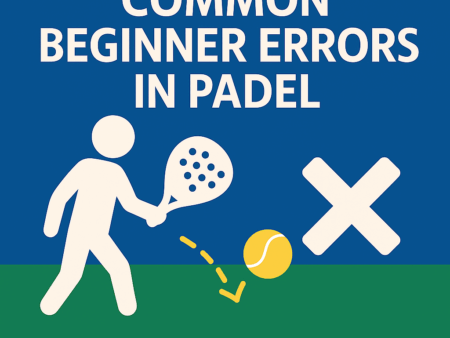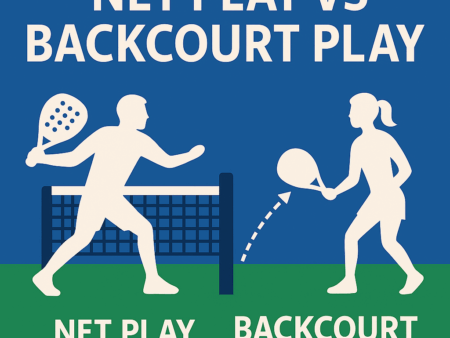
The tie-break is one of the most intense and decisive moments in padel. When a set reaches 6–6, a tie-break determines the winner — demanding precision, mental strength, and tactical awareness.
This guide breaks down exactly how tie-breaks work, how serving order is structured, common strategies, mistakes to avoid, and how tie-break performance influences match outcomes and betting.
🟦 When Is a Tie-Break Played?
A tie-break is played when:
- The set score reaches 6–6.
The winner of the tie-break wins the set 7–6.
You must win the tie-break by at least 2 points.
🟩 How the Tie-Break Works (Point Structure)
The scoring system is simple:
- Points are counted numerically: 1, 2, 3, 4…
- First team to 7 points wins
- Must win by 2 points (e.g., 7–5, 8–6, 10–8)
This creates fast, high-pressure rallies.
🟨 Tie-Break Serving Rotation (Crucial)
Padel uses a very specific serving sequence.
1️⃣ First point:
- The player whose turn it is to serve hits one serve from the right side.
2️⃣ Next two points:
- Serve switches to opponents
- They serve points 2 and 3
3️⃣ Next two points:
- Serve switches back
- Team A serves points 4 and 5
4️⃣ Serve continues alternating every two points thereafter.
Side changes:
Teams switch sides every 6 points:
- At 3–3, 6–6, 9–9, etc.
This ensures fairness regarding sun, wind, and lighting.
🟧 Tie-Break Court Positioning
Serving team positioning:
- Server stands on the correct service side
- Server’s partner positions at the net to pressure the return
Receiving team positioning:
- Receiver stands deep
- Partner remains ready for volleys or fast rebounds
Small positioning mistakes create huge momentum swings.
🟫 Key Tie-Break Strategies
1. Prioritise consistency over power
Most tie-break points are lost — not won.
2. Win the mini-break early
A mini-break is when you win a point on the opponent’s serve.
3. Target the weaker player
- More pressure
- Higher unforced-error potential
4. Use safe patterns (cross-court)
Highest margin = fewer errors.
5. Avoid risky smashes unless the ball is ideal
Tie-break smashes often lead to mistakes.
6. Communicate every point
Tie-breaks collapse when partners lose sync.
🟥 Common Tie-Break Mistakes
❌ 1. Panic attacking
Rushing shots leads to unforced errors.
❌ 2. Overusing slows lobs indoors
Easy overhead winners for opponents.
❌ 3. Poor serve placement
Predictable serves get punished.
❌ 4. Not switching sides mentally
Wind changes affect bounce and smash angles.
❌ 5. Forgetting the score
Tie-breaks move fast — confusion = lost points.
🟦 Who Performs Best in Tie-Breaks?
Teams that dominate tie-breaks typically:
- Stay calm under pressure
- Make fewer unforced errors
- Win more Golden Points earlier in the match
- Have a strong right-side player for control
- Use the lob consistently and smartly
Tie-breaks reward discipline and composure.
🟩 Tie-Breaks Indoors vs Outdoors
Indoors:
- Faster play
- More smashes
- More aggressive tie-breaks
- Offensive teams benefit
Outdoors:
- Wind affects smashes and lobs
- Defensive teams gain advantage
- Longer rallies
Weather strongly influences tie-break results.
🟨 How Tie-Breaks Impact Betting
Tie-break probability is a major factor in predicting:
- Over/Under totals
- Correct score bets
- Live momentum shifts
- Handicap lines
Key metrics for bettors:
- Team tie-break win percentage
- Golden Point performance
- First-serve reliability
- Indoor/outdoor strength
Strong defensive teams often produce more tie-breaks.
🟧 Tie-Break Example (Step-by-Step)
Assume Team A starts serving.
1–0 → Team A (right side)
1–2 → Team B
3–2 → Team A
3–3 → Change sides
5–4 → Team B
7–5 → Team A wins tie-break and set
🟫 Summary
A padel tie-break is:
- Played at 6–6
- First to 7 points (win by 2)
- Serve rotates 1–2–2–2 pattern
- Sides change every 6 points
Tie-breaks reward:
- Consistency
- Strong team communication
- Low-risk tactics
- Mental toughness
Understanding tie-break dynamics is essential for players and bettors alike.
Next: Page 14 — Common Beginner Errors in Padel.


